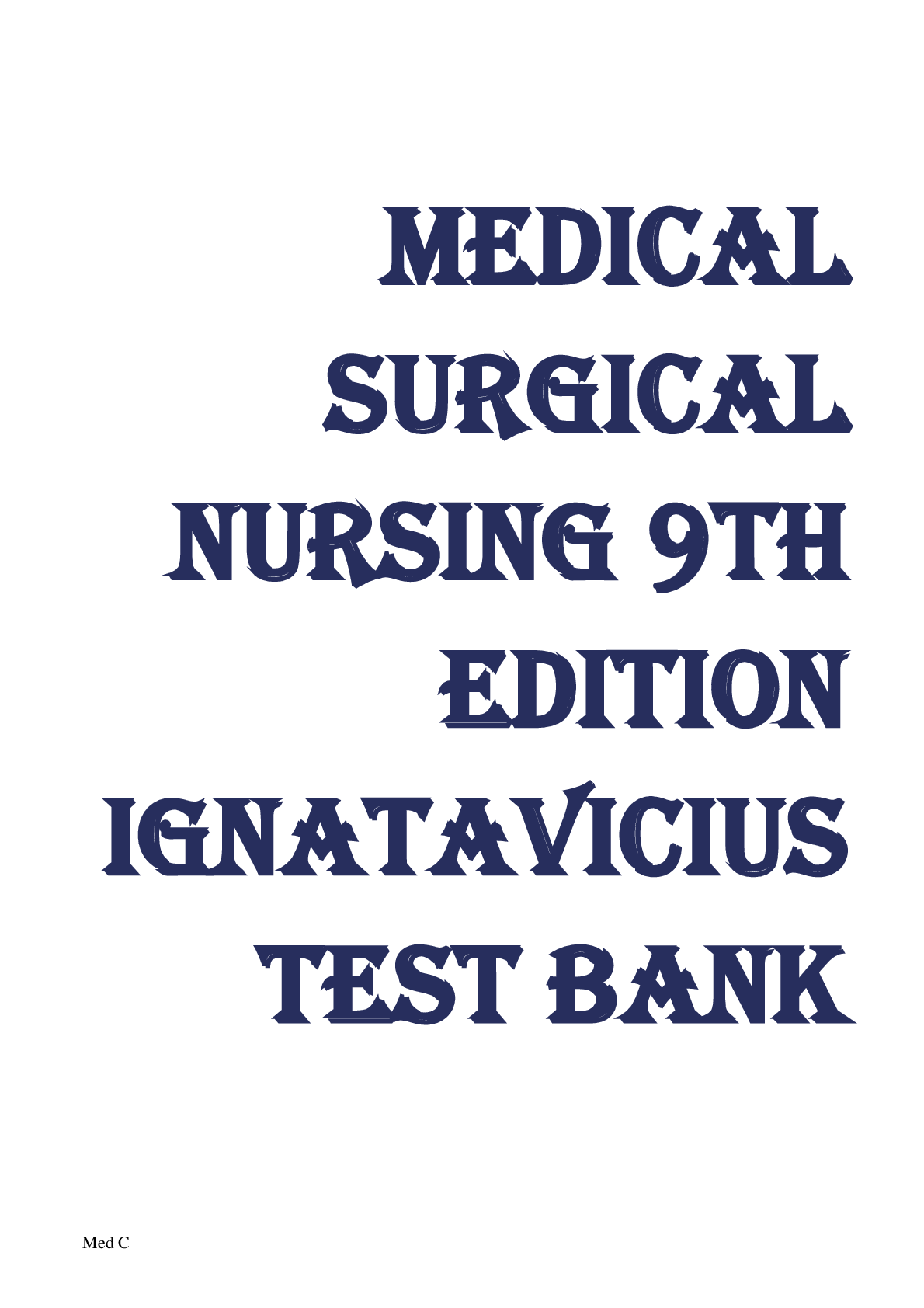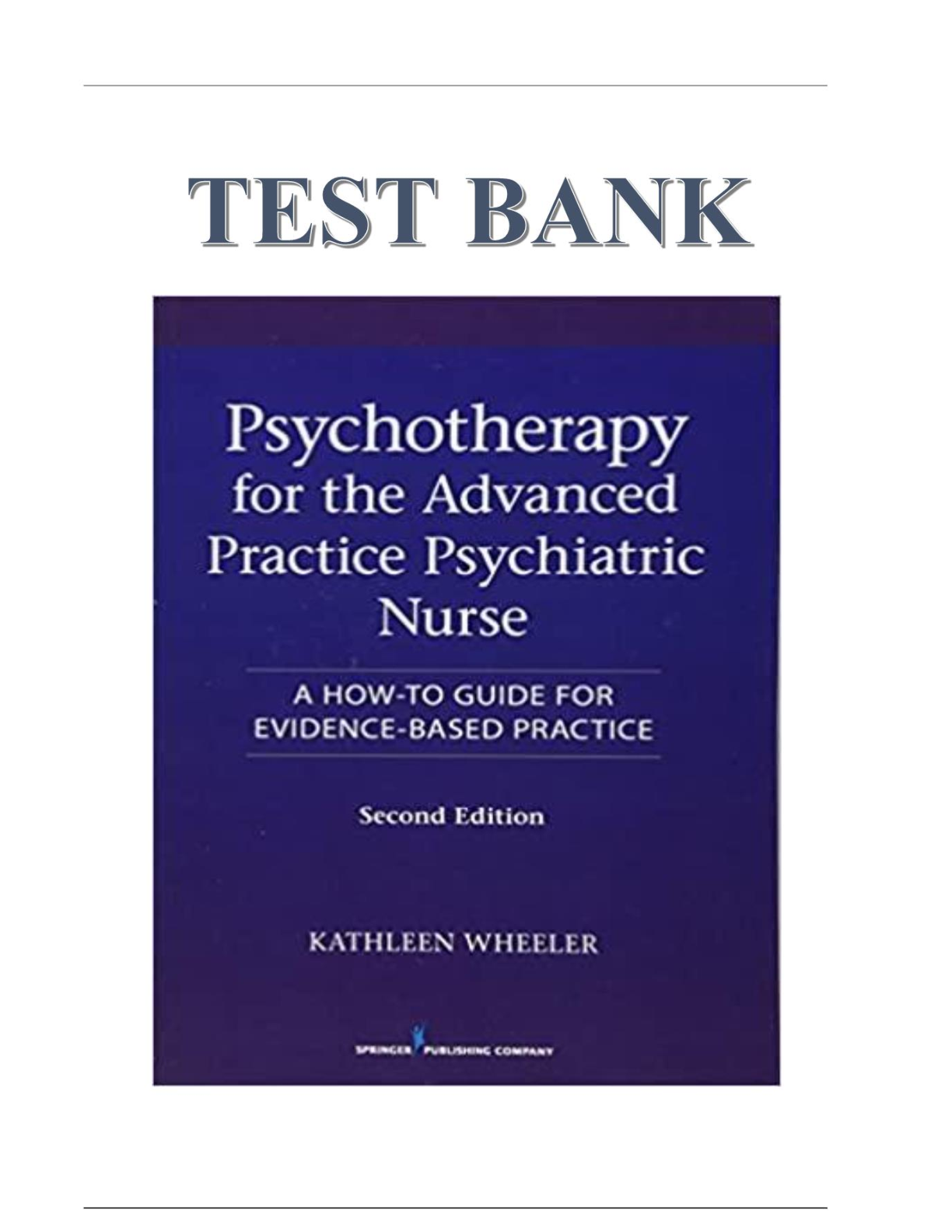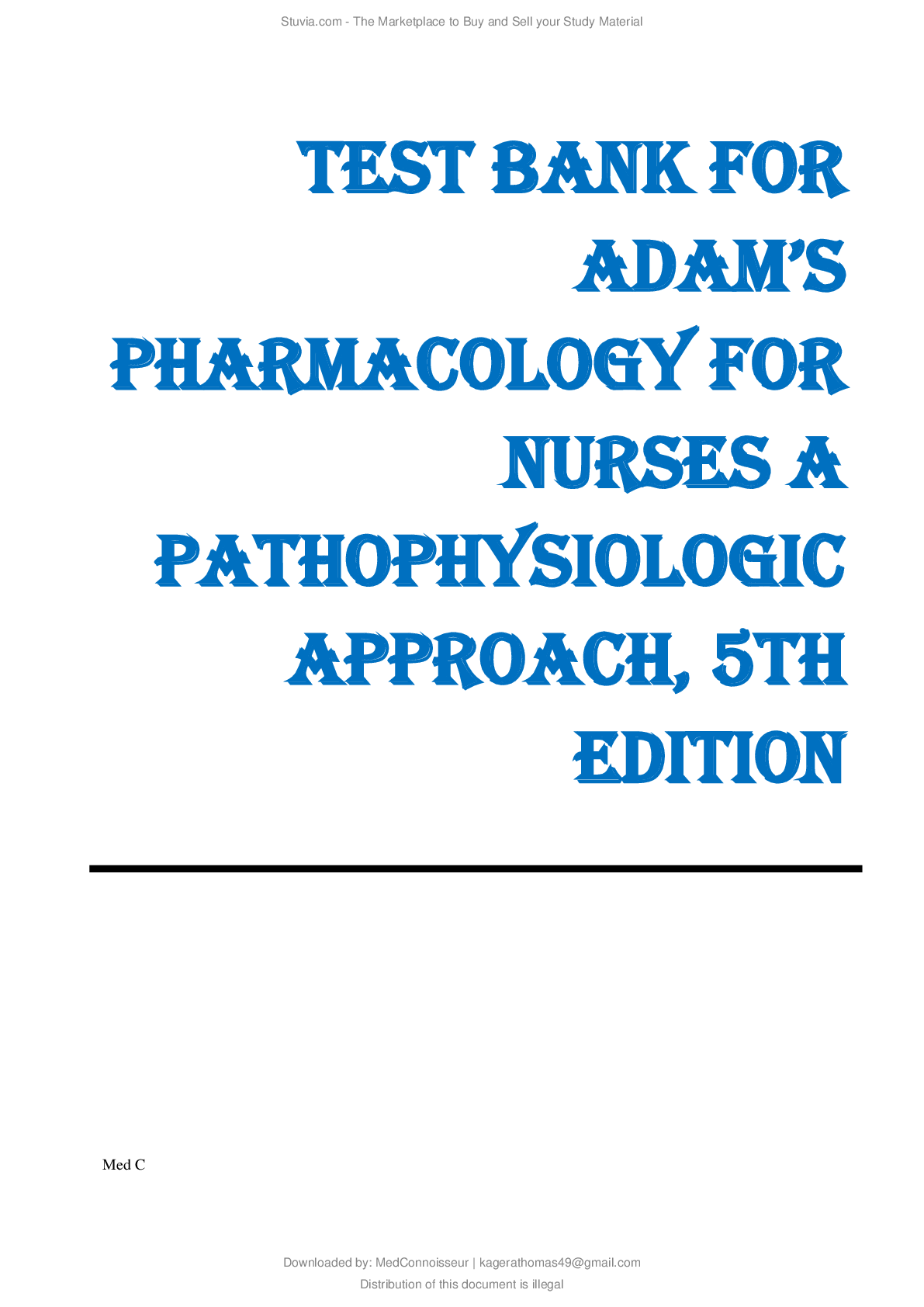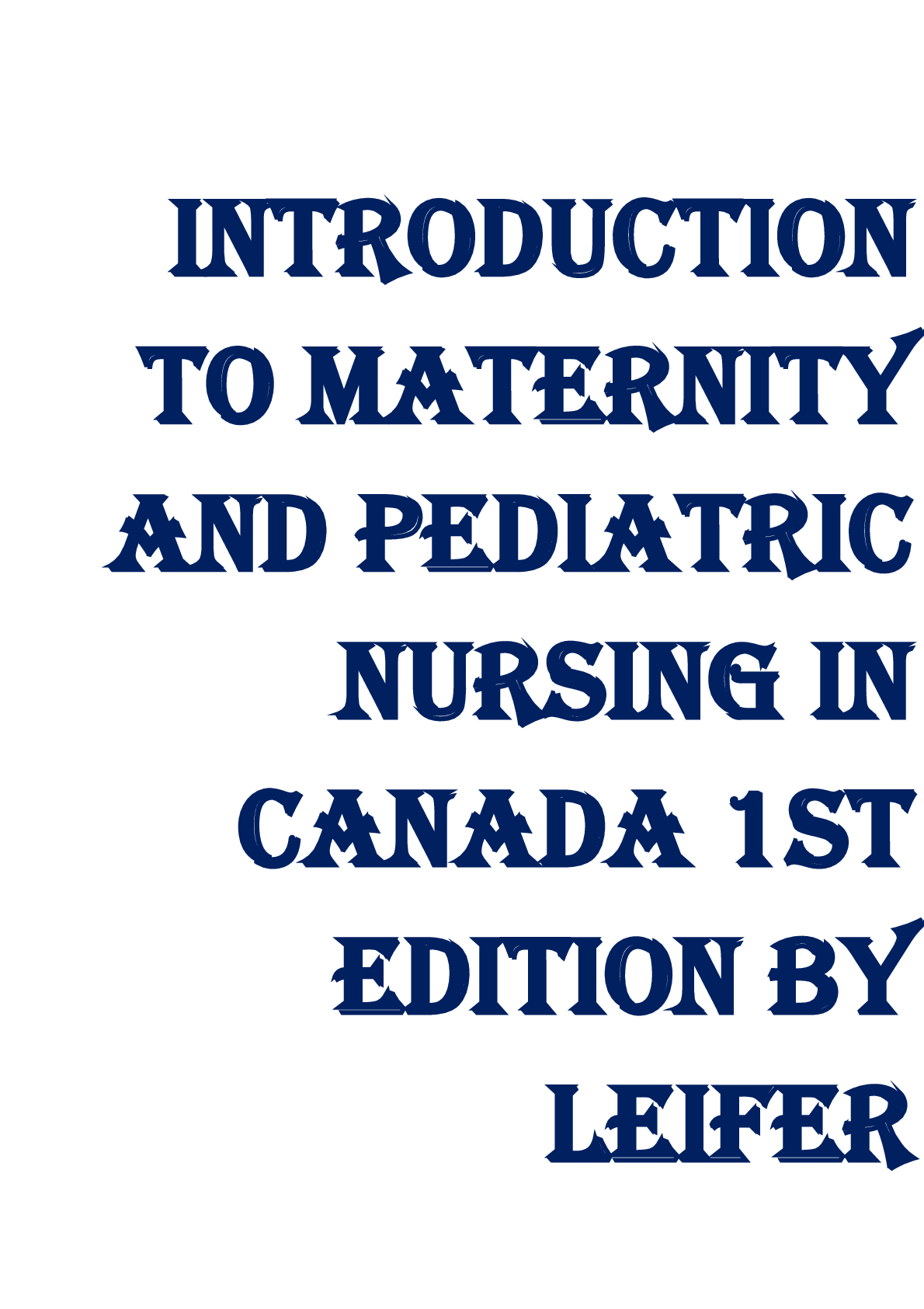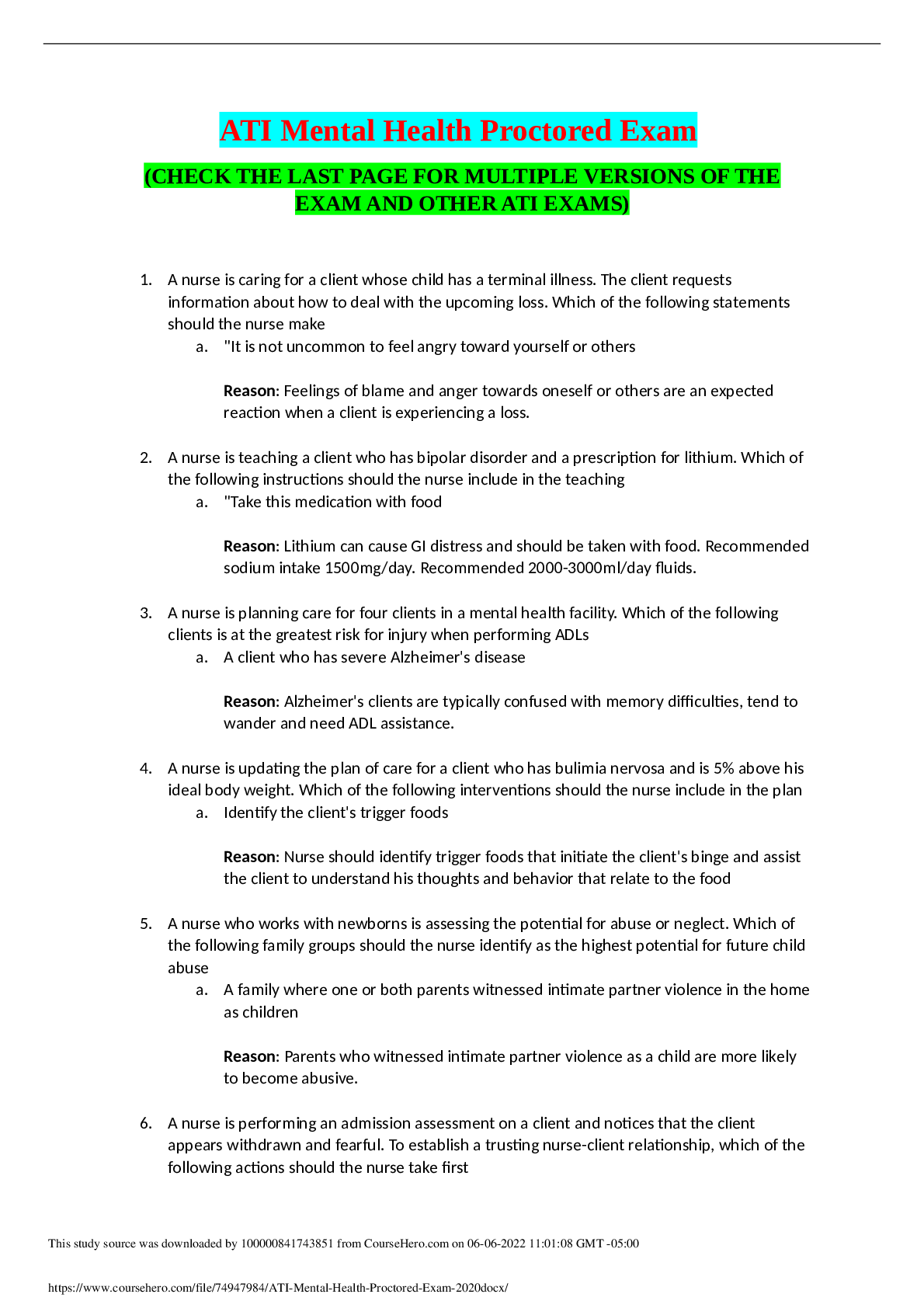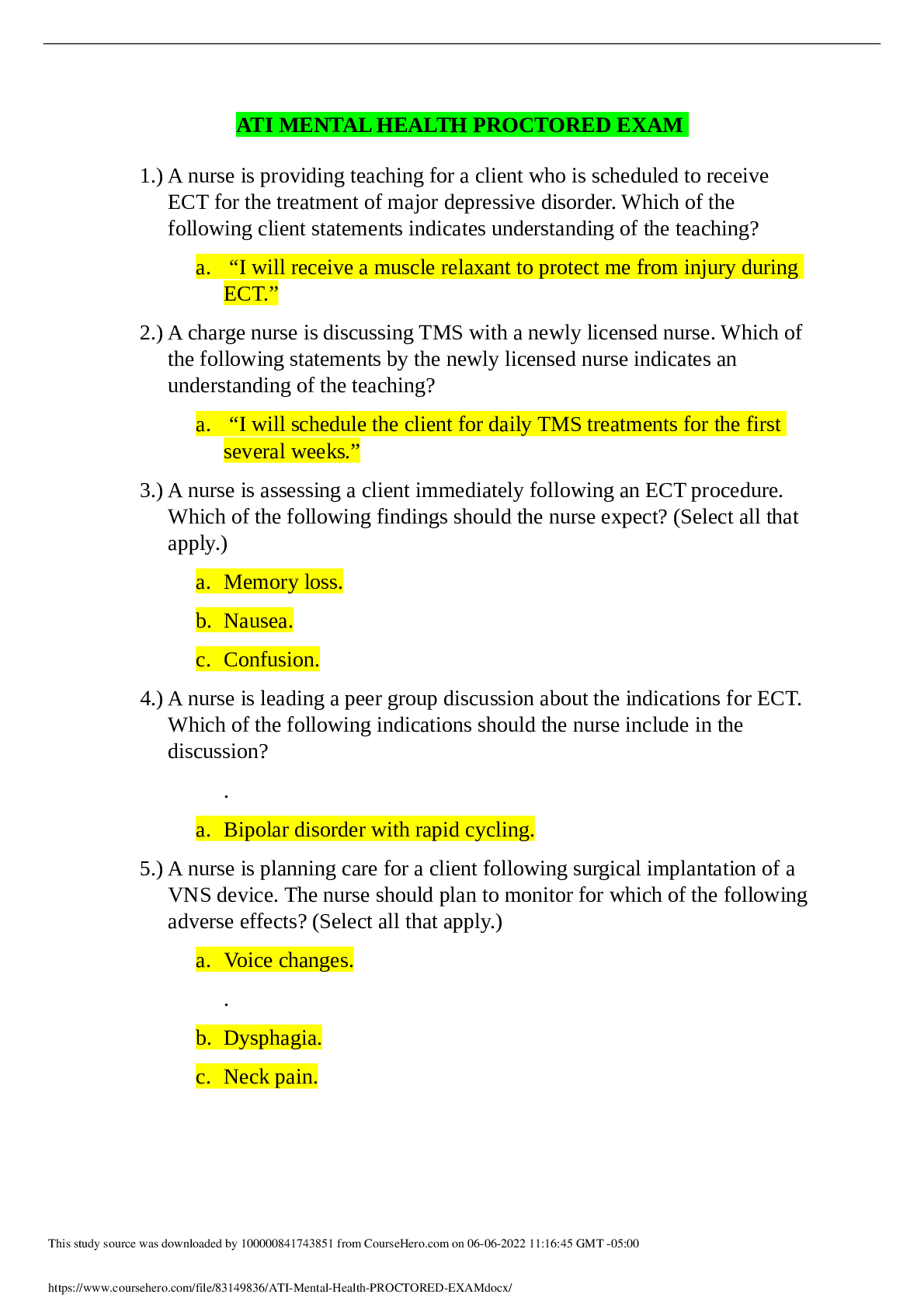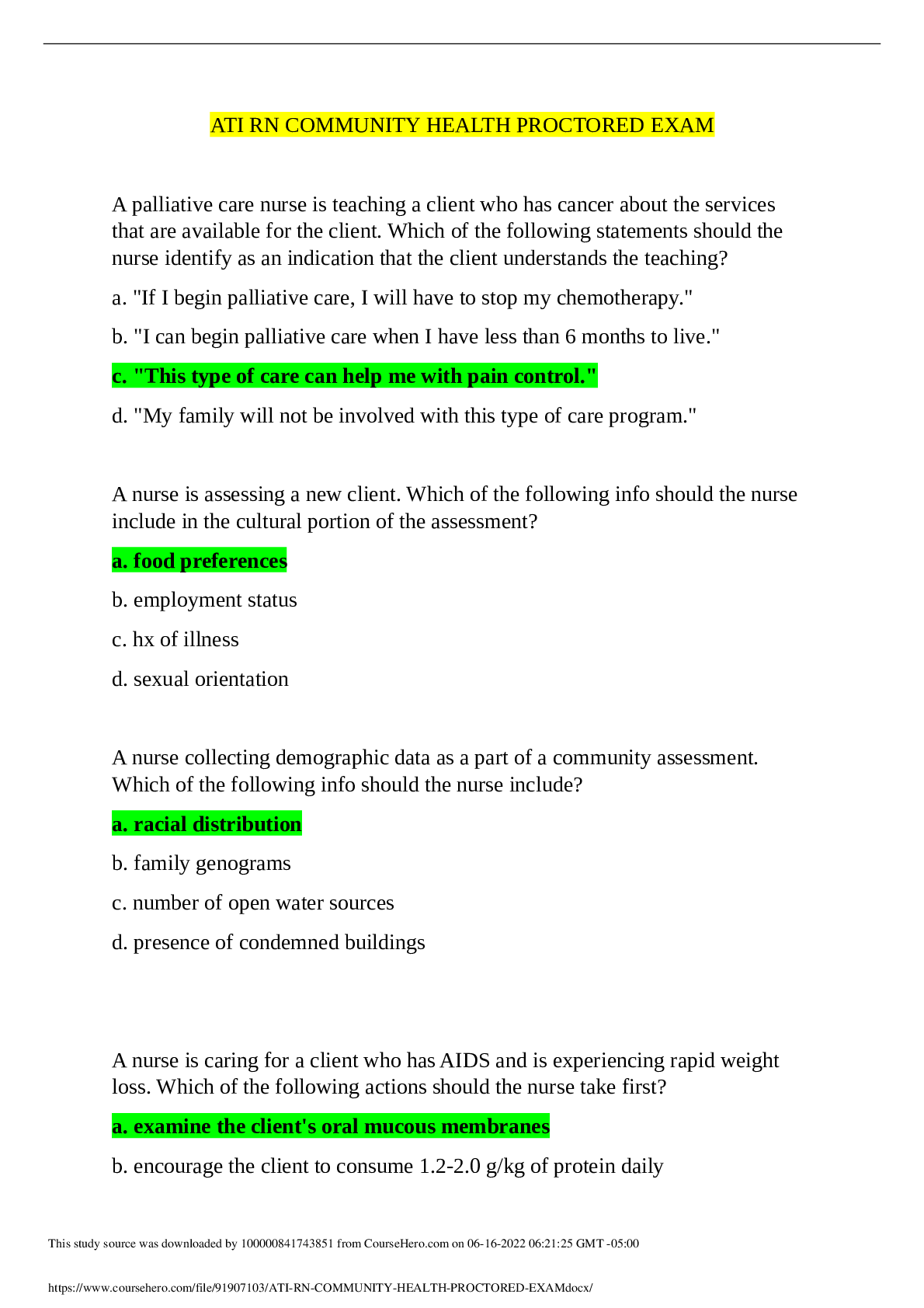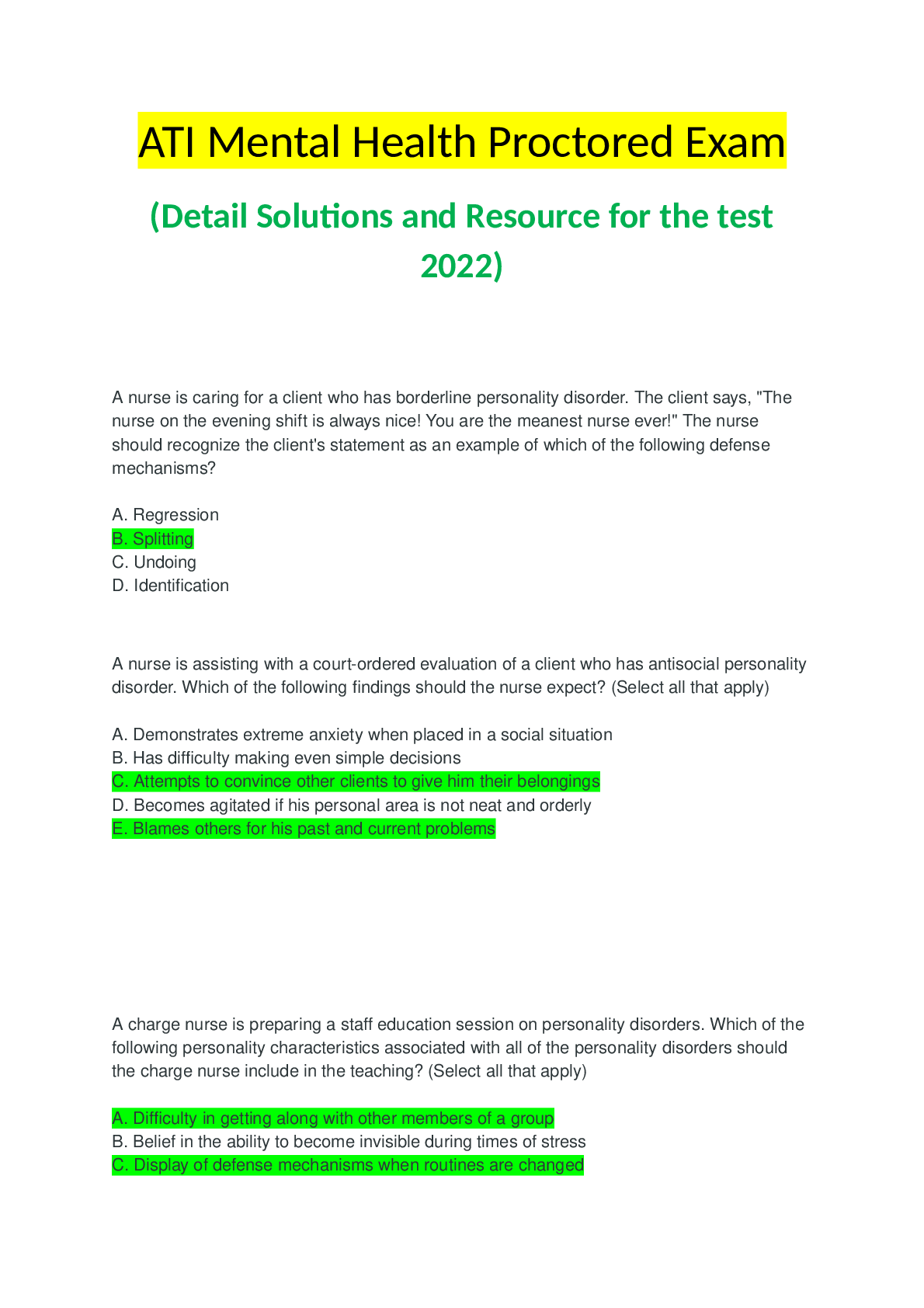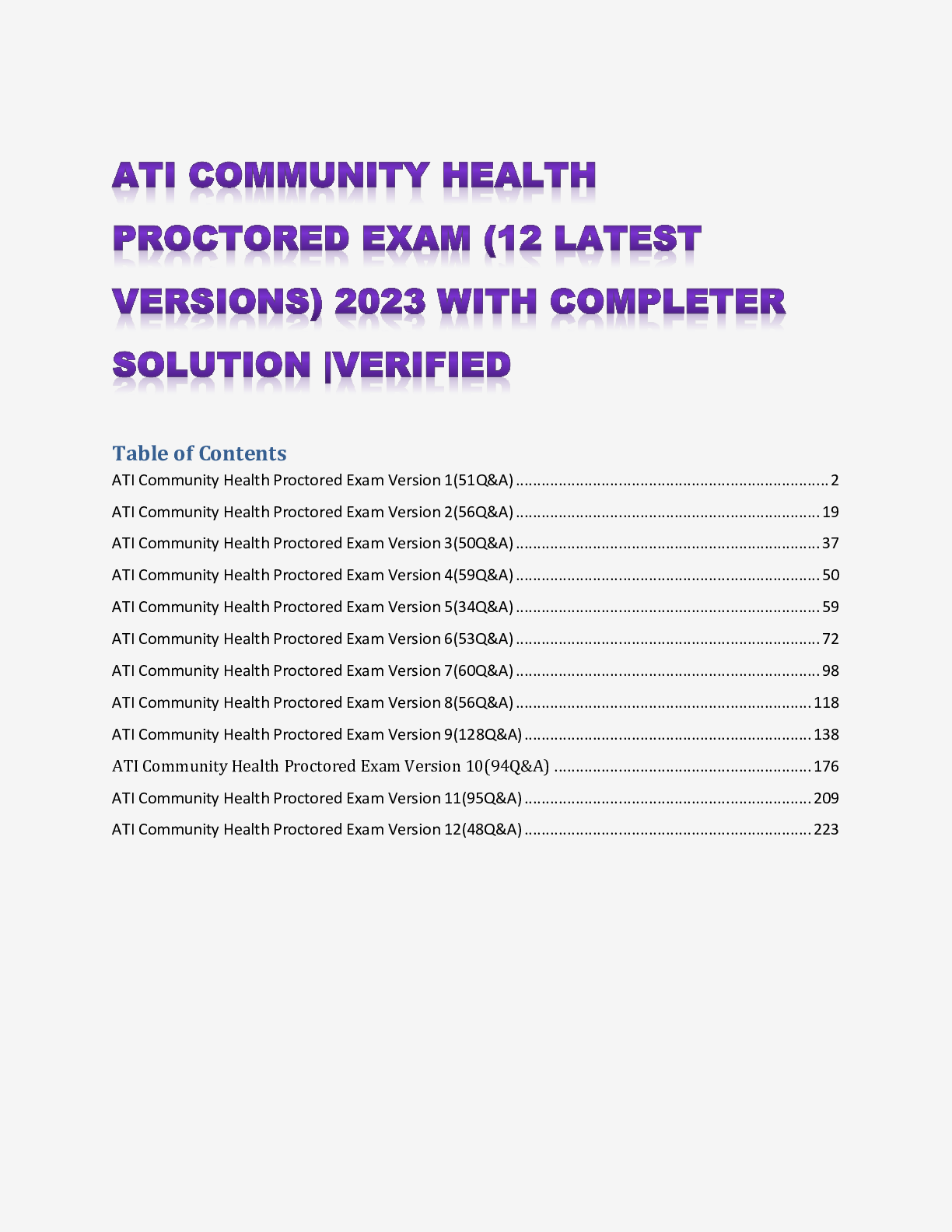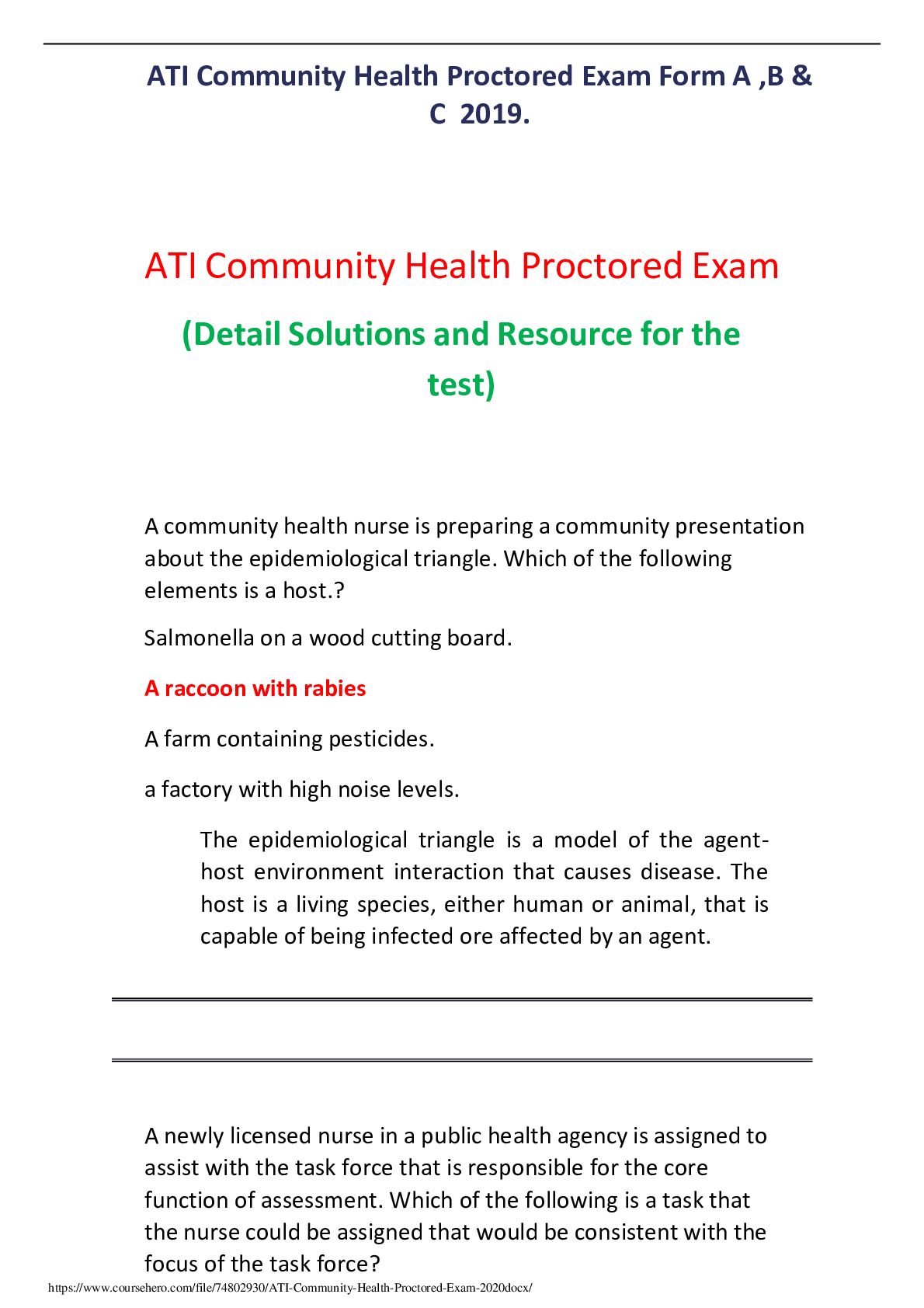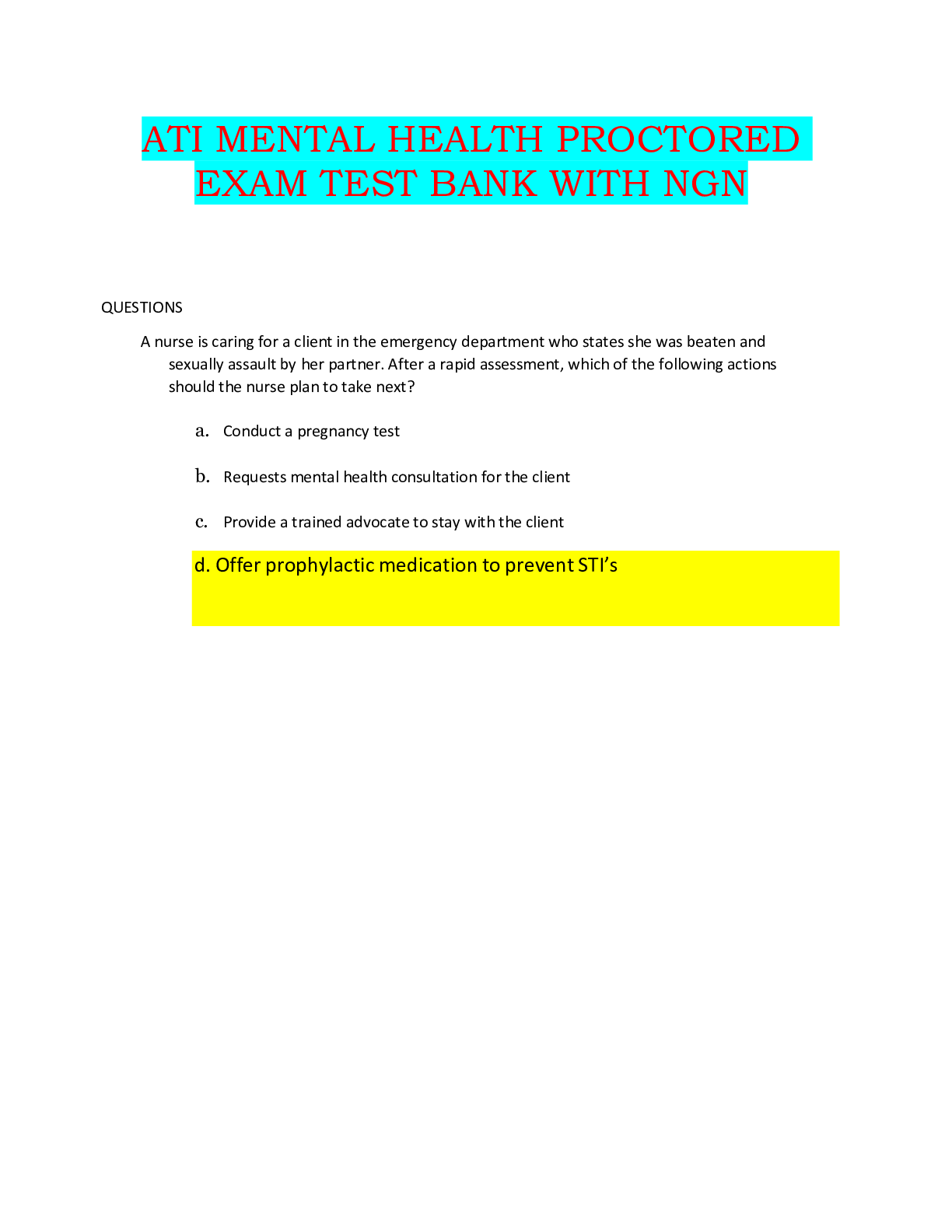*NURSING > TEST BANKS > ATI Mental Health Proctored Exam 2019 (All)
ATI Mental Health Proctored Exam 2019
Document Content and Description Below
ATI Mental Health Proctored Exam 2019 1. A client is fearful of driving and enters a behavioral therapy program to help him overcome his anxiety. Using systematic desensitization, he is able to drive ... down a familiar street without experiencing a panic attack. The nurse should recognize that to continue positive results, the client should participate in which of the following? a. Biofeedback b. Therapist modeling c. Frequent pacing d. Positive reinforcement 2. A nurse is counseling a client following the death of the client’s partner 8 months ago. Which of the following client statements indicates maladaptive grieving? a. “I am so sorry for the times I was angry with my partner.” b. “I like looking at his personal items in the closet.” c. “I find myself thinking about my partner often.” d. “I still don’t feel up to returning to work.” Rationale: 8 months too long Maladaptive Grief: . Distorted or exaggerated grief response - unable toperform activities of daily living. RISK FACTORS FOR MALADAPTIVE GRIEVING ●● Being dependent upon the deceased ●● Unexpected death at a young age, through violence, or by a socially unacceptable manner ●● Inadequate coping skills or lack of social support ●● Pre-existing mental health issues, such as depression or substance use disorder 3. /21 A nurse in an inpatient mental health facility is assessing a client whohas schizophrenia and is taking haloperidol (anti-psychotic, 1st gen). Which of the following clinical findings is the nurse’s priority? a. Headache b. Insomnia (sedation) c. Urinary hesitancy (Complication → ANTIcholinergic effects) d. High fever (Complication → agranulocytosis) Other complications: Acute dystonia, Pseudoparkinsonism, Akathisia, Tardive dyskinesia, Neuroendocrine effects (Gynecomastia, Weight gain, Menstrual irregularities), NMS, OrthostaticHypotension, Sedation, Sexual dysfunction, Skin effects, Liver impairment 4. A nurse is planning care for a client who has obsessive compulsive disorder. Which of the following recommendations should the nurse includein the client’s plan of care? a. Reality Orientation therapy (re-orient to reality) b. Operant Conditioning (receives positive rewards for positive behavior) c. Thought Stopping (say “stop” when compulsive behaviors arise & substitute w/positive thought) d. Validation Therapy (acknowledging pt’s feelings) 4. A nurse is providing teaching to the daughter of an older client who has obsessive-compulsive disorder. Which of the following statements by the daughter indicates an understanding of the teaching? a. “I will provide my mother with detailed instructions about how to performself-care.” (Give simple directions) b. “I will limit my mother’s clothing choices when she is getting dressed.” (If client is indecisive, limit the client's choices; if client still unable to make a decision, give client one outfit to wear) c. “I will wake my mother up a couple of times in the night to check on her.” d. “I will discourage my mother from talking about her physical complaints.” 5. A nurse is caring for a client who is in the manic phase of bipolar disorder. Which of the following actions should the nurse take? a. Provide in depth explanation of nursing expectations (inability to focus -give concise explanations) b. Encourage the client to participate in group activities (decreasestimulation) c. Avoid power struggles by remaining neutral (do not react personallyto pt’s comments) d. Allow the client to set limits for his behavior (nurse sets limits) 6. A nurse is providing behavioral therapy for a client who has OCD. The client repeatedly checks that the doors are locked at night. Which of the following instructions should the nurse give the client when using thoughtstopping technique? a. “Keep a journal of how often you check the locks each night.” b. “Ask a family member to check the locks for you at night.” c. “Focus on abdominal breathing whenever you go to check the locks.” d. “Snap a rubber band on your wrist when you think about checking the locks.” Thought stopping: teach pt to say “stop” when negative thoughts/compulsive behaviors arise & substitute positive thought - goal forpt use command silently over time [Show More]
Last updated: 2 years ago
Preview 1 out of 22 pages
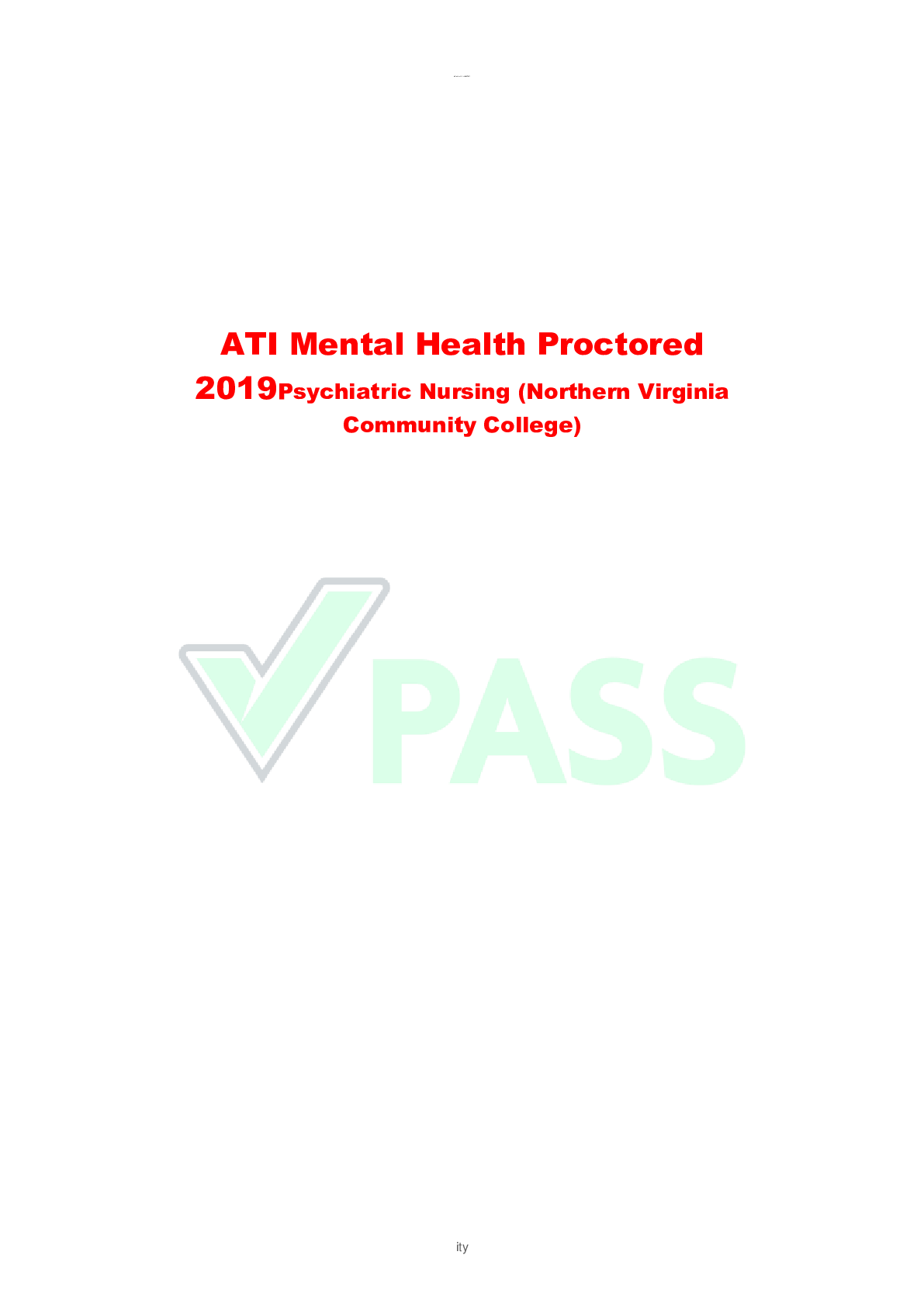
Buy this document to get the full access instantly
Instant Download Access after purchase
Buy NowInstant download
We Accept:

Reviews( 0 )
$12.00
Can't find what you want? Try our AI powered Search
Document information
Connected school, study & course
About the document
Uploaded On
Aug 04, 2022
Number of pages
22
Written in
Additional information
This document has been written for:
Uploaded
Aug 04, 2022
Downloads
0
Views
77

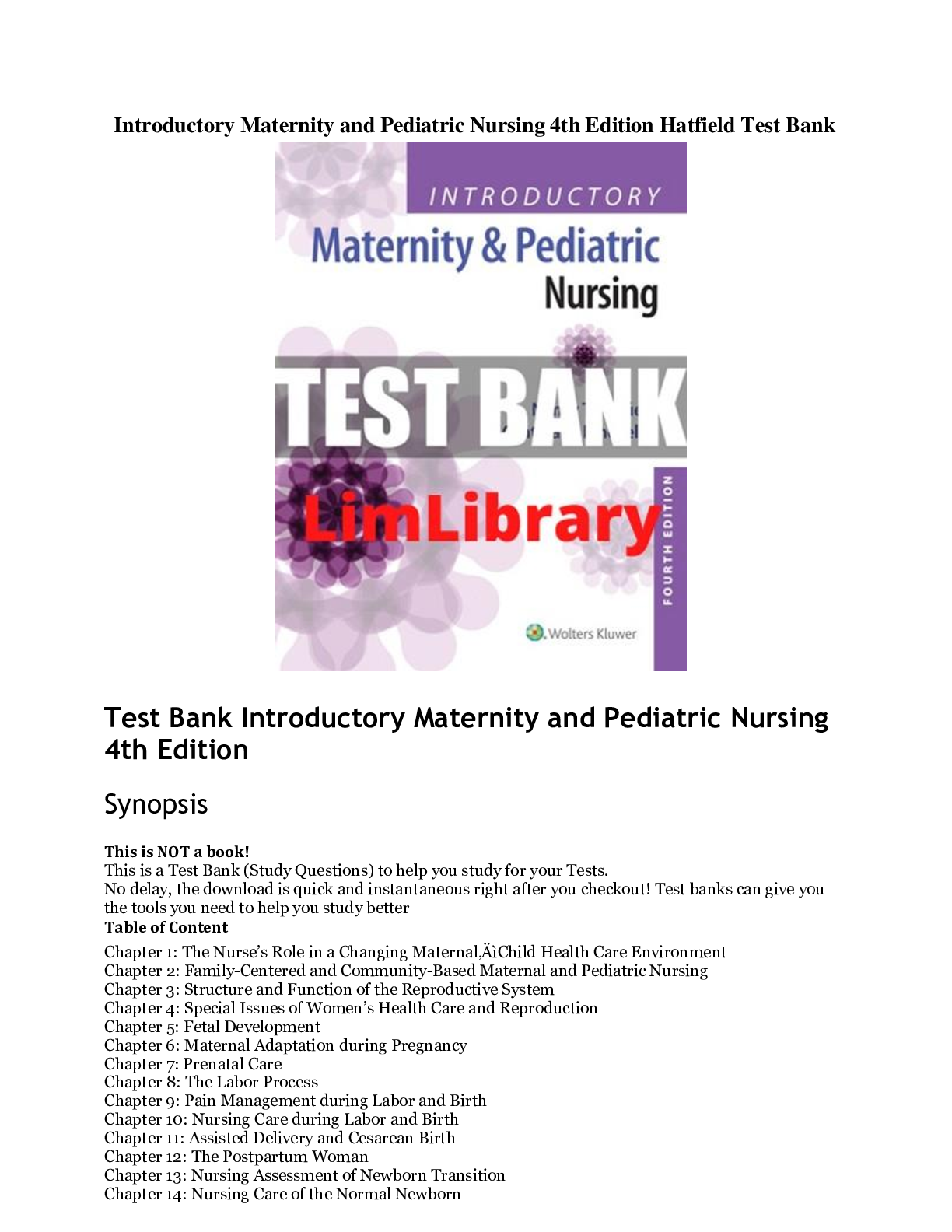
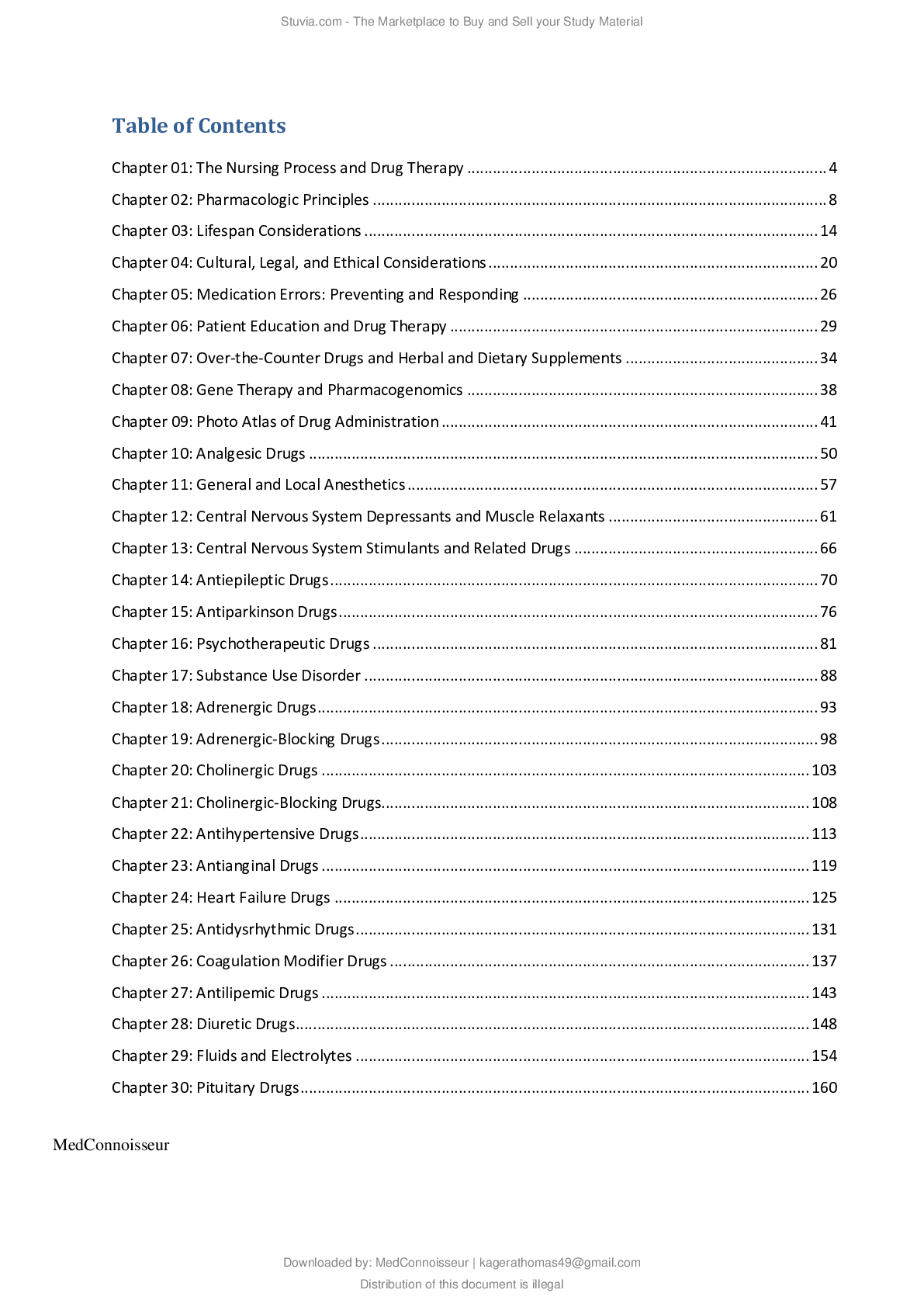

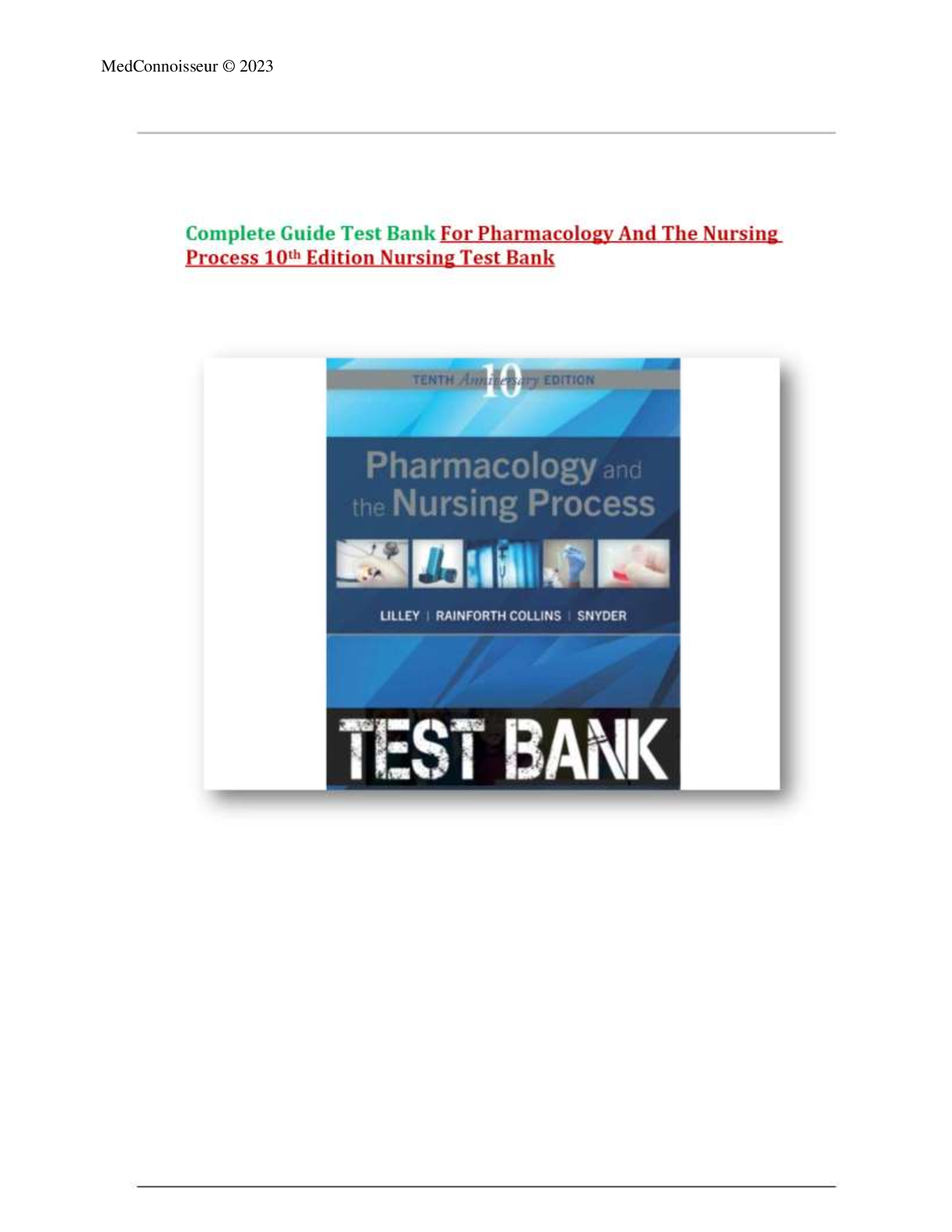
.png)
.png)

